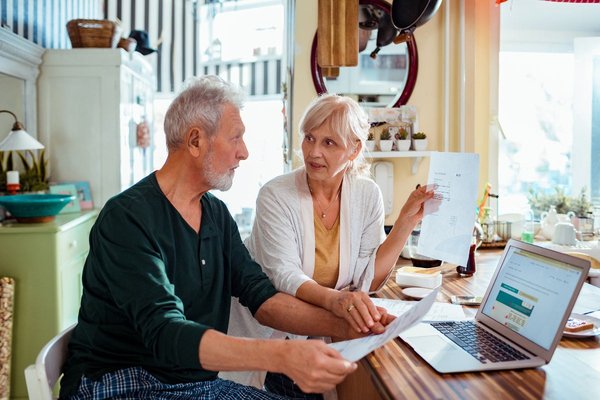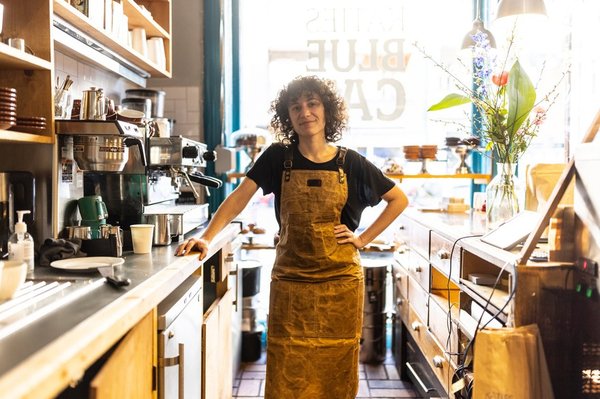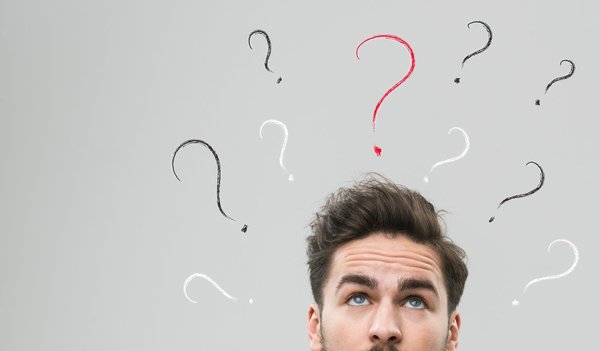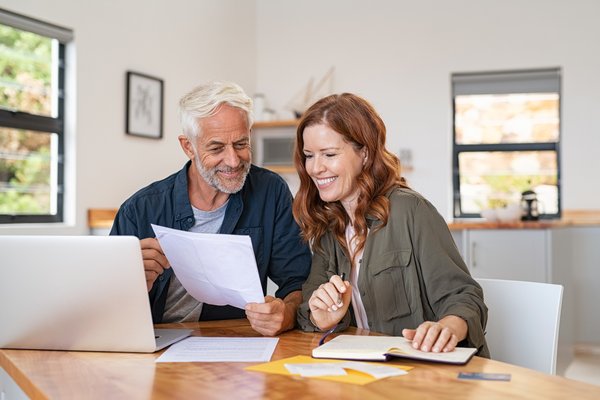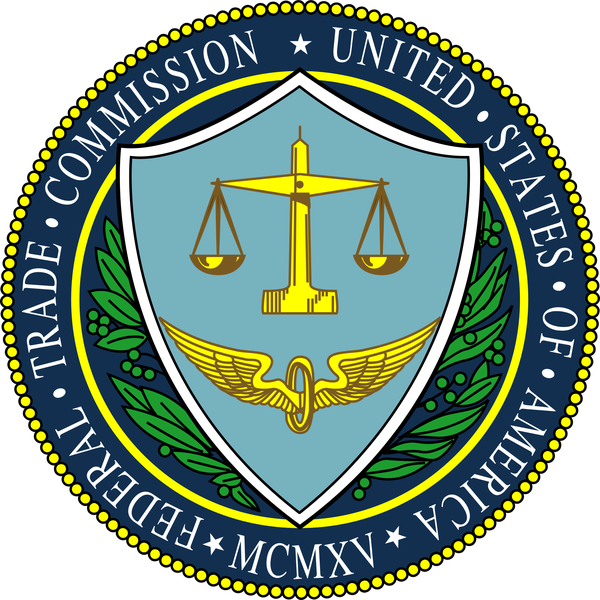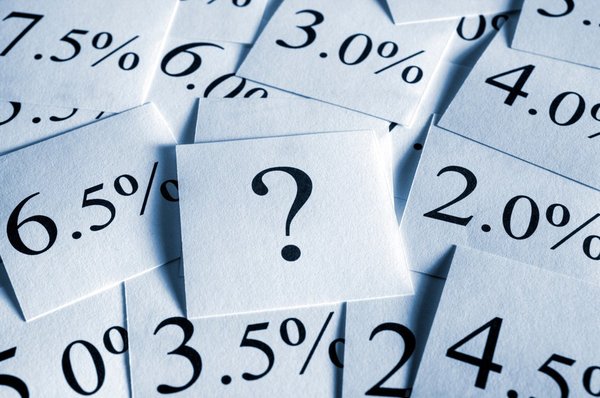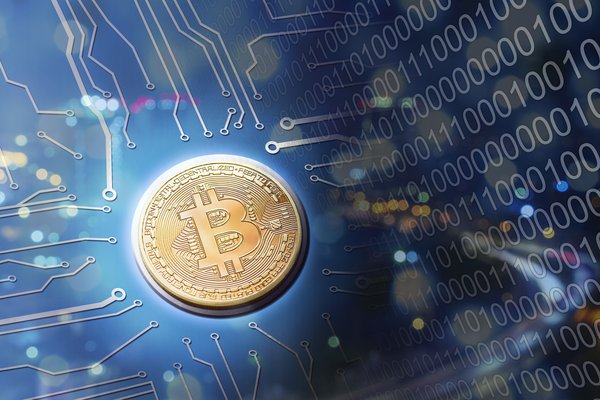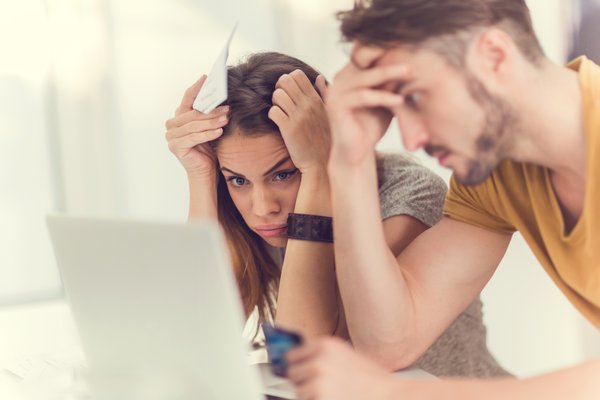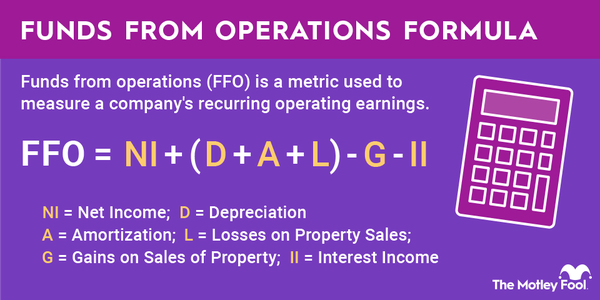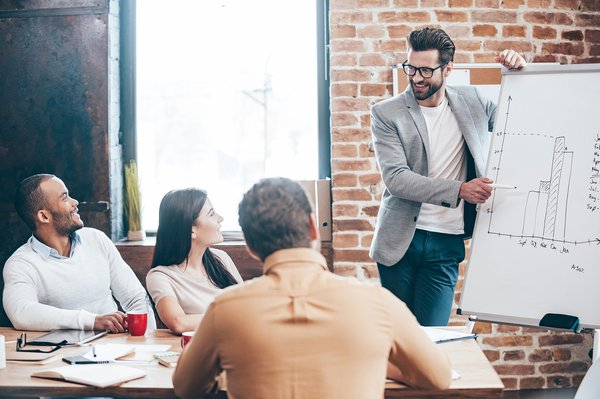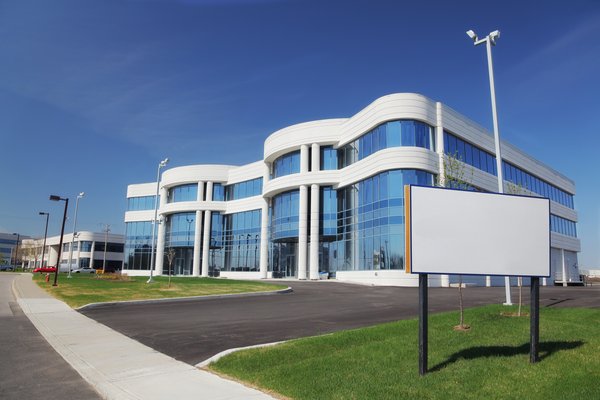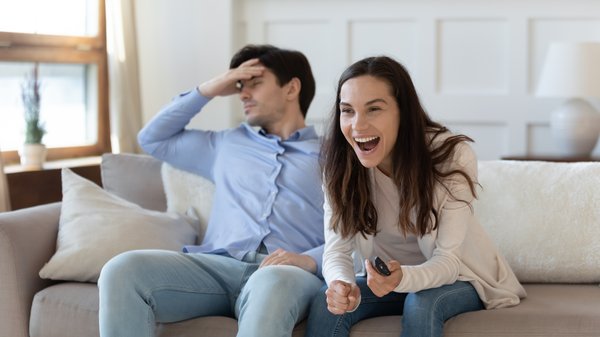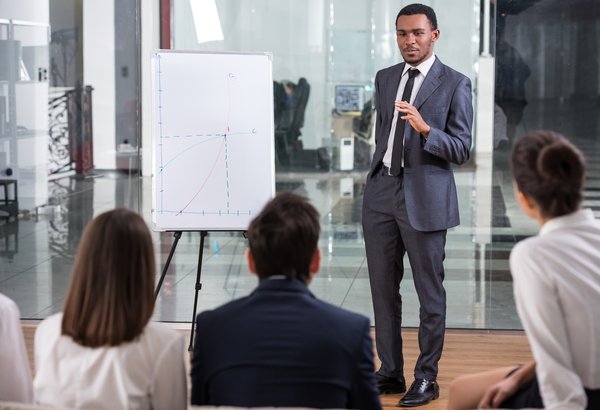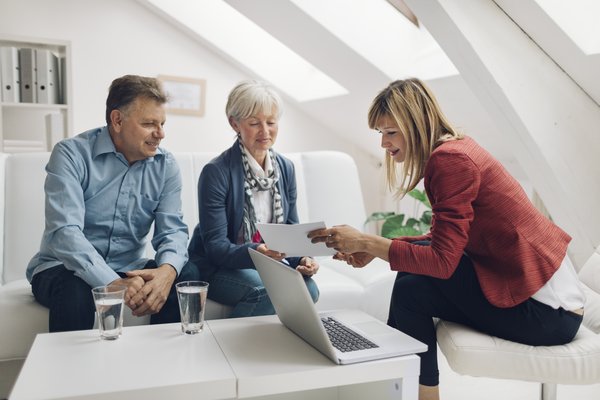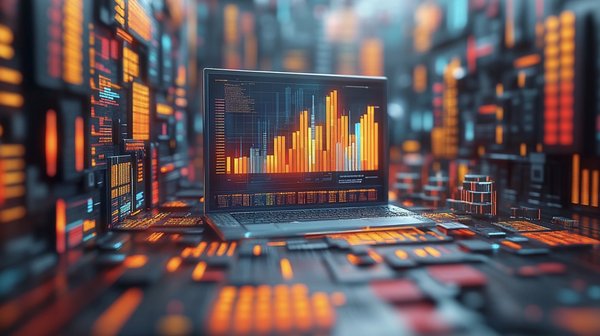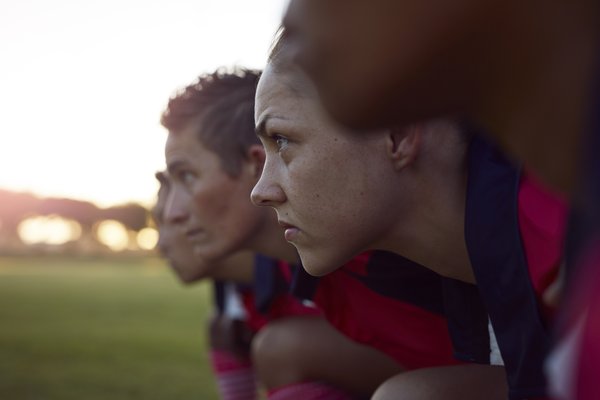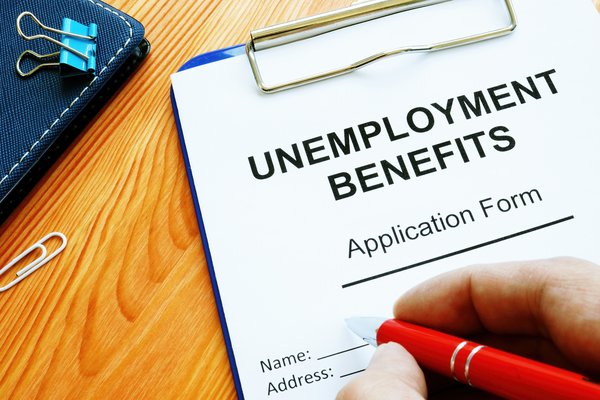Forward P/E is a valuation metric that uses earnings forecasts to calculate the ratio of the share price to projected earnings per share. The "P" in forward P/E stands for price, or share price. The "E" stands for future earnings per share.
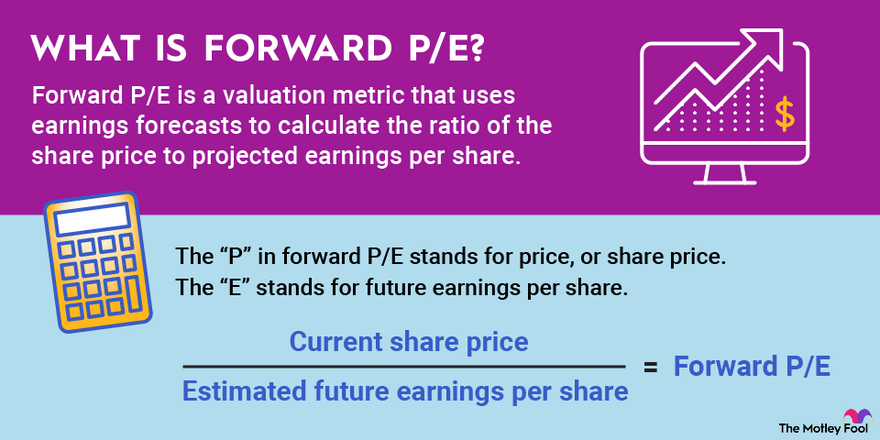
What is it?
What is forward P/E?
Forward P/E is a variation of the price-to-earnings ratio that uses an estimate of earnings over the next 12 months to calculate the metric. Unlike the trailing P/E, which uses actual earnings results from the previous 12 months, the forward P/E is based on estimates, and is therefore subject to errors in forecasting.
To combat the potential to get the estimated earnings wrong, the forward P/E is typically calculated using a consensus estimate from all analysts who have published their expectations. This wisdom of the crowd approach typically leads to more accurate estimates.
How to calculate it
How to calculate forward P/E
The formula for calculating a forward P/E ratio is very straightforward.
Forward P/E = Current share price / Estimated future earnings per share
The hard part is determining the estimated earnings per share. Several resources provide consensus estimates from Wall Street analysts for big companies. Some companies, however, only have a few analysts (and sometimes none) publishing estimates. In those cases it may be worthwhile to dig into the company financials, management’s commentary, and build your own estimate to aggregate with the professionals.
As an example, let’s say a stock currently trades for around $150 per share. Analysts expect it’ll produce earnings per share of $6 over the next year. That stock has a forward P/E ratio of 25.
How to use it
How to use forward P/E
Calculating the forward P/E of a stock isn’t very useful in and of itself. To get something out of it, you need to calculate the forward P/E of other comparable stocks.
Comparing the forward P/E of two or more companies within the same industry can give you an idea of whether a stock is overvalued or undervalued. If one stock has a P/E far greater than its peers, the stock might not be a very good deal.
But there are good reasons why a stock may have a high forward P/E. If analysts expect that company’s earnings per share to grow significantly faster than its peers, it’ll value the next 12 months of earnings far higher than a slow-growing company. That’s because a stock price reflects all the future cash flows of a business, not just the next 12 months.
It’s important to consider that a forward P/E uses earnings per share, or EPS, in the denominator. EPS is itself a ratio, which is affected by the number of shares outstanding. So, if a company has plans to buy back a large percentage of its shares outstanding through a share repurchase program, investors may be willing to pay more for its earnings today.
Related investing topics
Limitations
Limitations of forward P/E
To calculate a price-to-earnings ratio, a company needs to have earnings. But not every company produces positive earnings for its shareholders.
Early-stage growth companies often produce losses, but their operations show strong potential for earnings at some point in the future. While they invest to grow the business, leverage their fixed operating expenses, and move toward profitability, their stocks technically trade for a negative P/E ratio.
Profit
Even when those companies start to make a profit, their relatively minuscule profits relative to the number of shares outstanding can lead to P/E ratios with triple or even quadruple digits. Those valuations aren’t useful for an investing thesis, and forward P/E falls flat in those cases.
Investors will be better off finding a different valuation metric to compare growth stocks that are still generating losses for investors. Just because they have extremely high or non-existent forward P/E ratios doesn’t make them bad investments.













